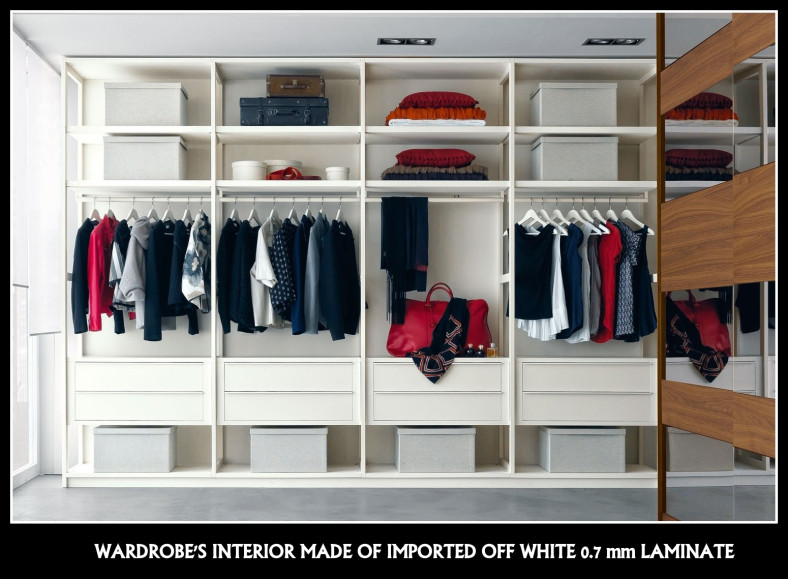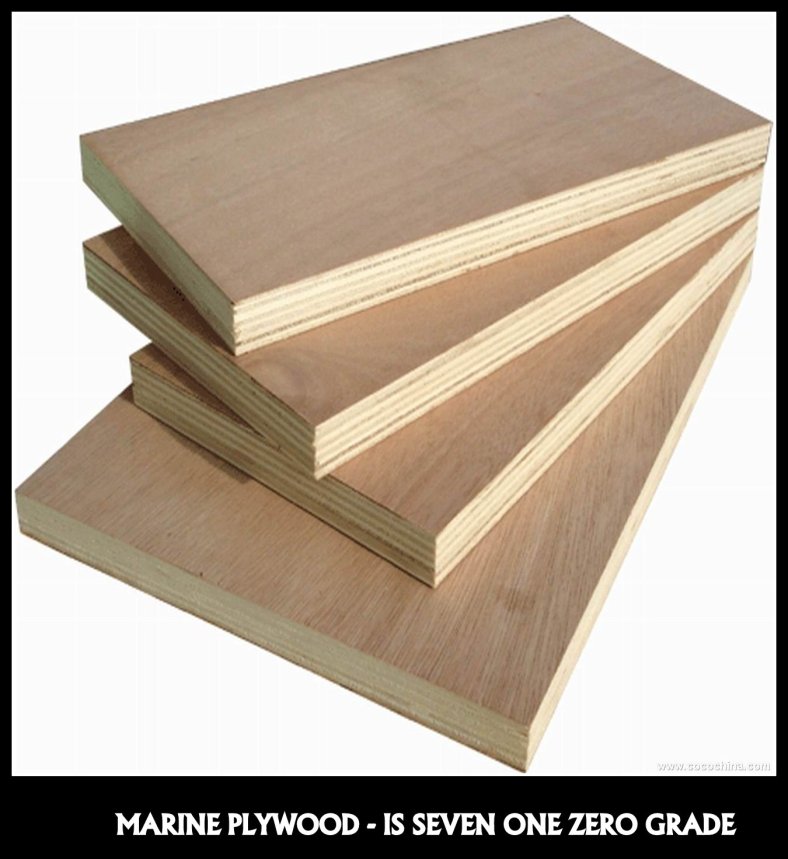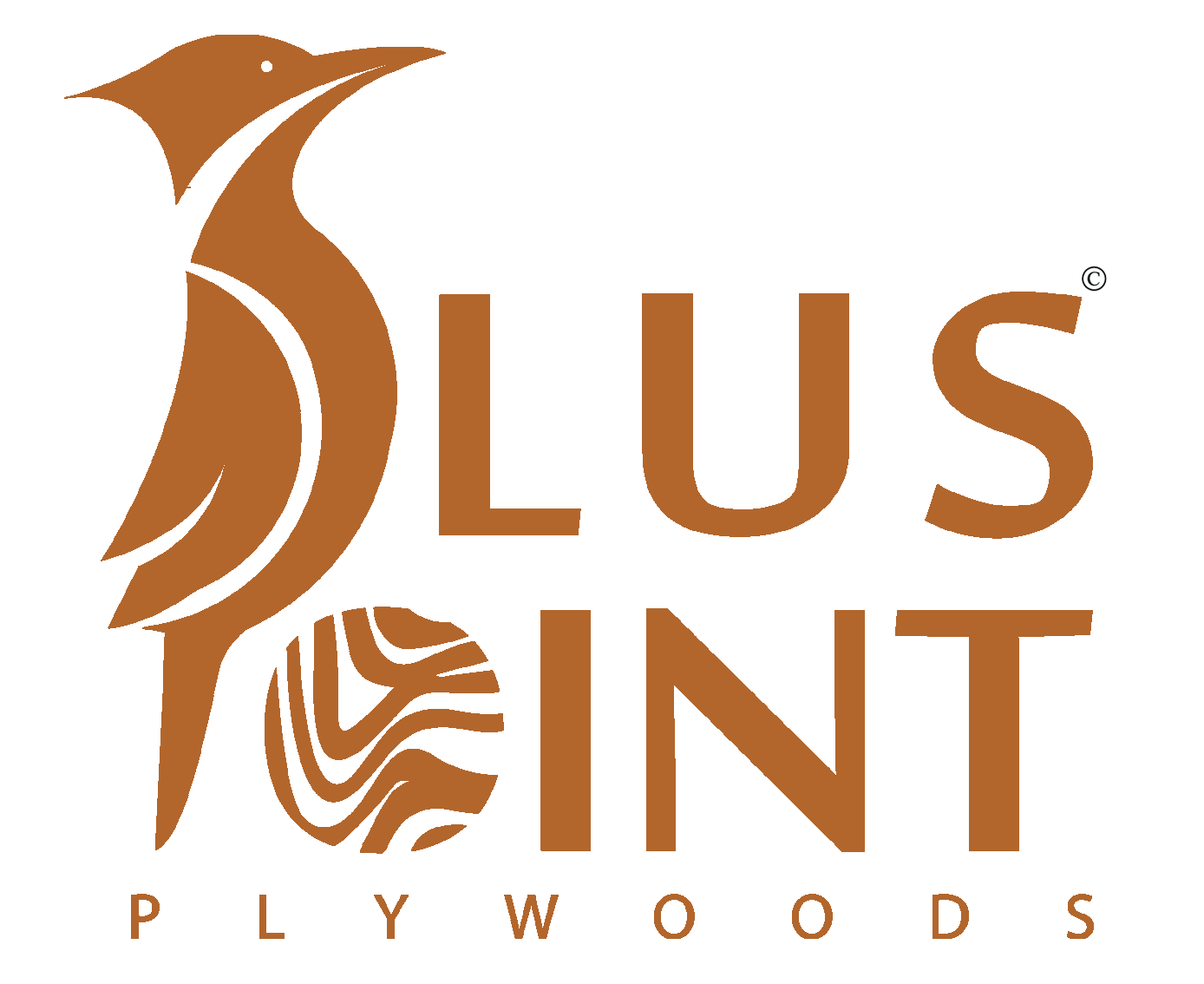Plywood
Commercial plywood – MR grade
Waterproof plywood – BWP grade
MR grade means Moisture Resistant plywood.
BWR grade means Boiling Water Resistant plywood.
BWP grade means Boiling Water Proof plywood.

- There are different varieties of plywood available in the market, when buying plywoods in Chennai one needs to be aware on which grade and brand of plywood is required.
- Consider the above case of MR vs. BWR grade. People often think Moisture Resistant means waterproof. However this is not the case.
- Please note that MR (Moisture resistant) is of a lesser quality and cost compared to BWR grade. While it true that MR plywood can resist a certain degree of moisture and humidity, it certainly cannot be called waterproof. On the other hand, BWR plywood is a waterproof plywood.
- MR is an interior grade plywood useful for making indoor furniture (office furniture, furniture where there is less application of water or moisture) while BWR plywood is exterior grade(places like kitchen, bathroom doors, furniture below water tanks or any spot where the surface is directly exposed to sunlight and water .
- BWR – Phenol formaldehyde synthetic is used for glueing the plies together. This is a synthetic plastic resin.
- MR – Urea formaldehyde resin is used for bonding the plies to each other. UF resin is not considered to be very eco-friendly.
- PS: Some shopkeepers erroneously (or is it deliberately?) inform customers that Marine plywood is the same as BWR grade waterproof plywood. This is simply not the case. Marine plywood is a much better kind of plywood in which unextended (undiluted) phenolic resins are used for glueing the plies together, which makes it stronger. Marine ply is meant for extreme cases of exterior use, such as for making boats and ships or other river equipment, where the plywood is sure to become and remain wet for a prolonged duration.
Laminates
The world is going crazy with the way the imported White and Off – White laminates of thickness ranging from 0.7mm to 1mm in the general size of 8×4 feet has captured the market.
These imported laminates are cost effective and is generally used for Indoor use like in the interior part of the drawers and wardrobes. The imported laminates in India has captured a rich market share because of lower cost of the product compared to its Indian competitors.
The durability of a 0.7mm thickness laminates is though less when compared to laminates produced in India but still can be very effective as the entire budget allotted to interior part of furniture at home or office can be reduced by replacing other brands of laminates with the imported ones. The price range depending on the thickness of laminate ie from 0.7 mm to 1mm varies from Rs.380 to Rs.450.
- Brand – Imported Mica
- General Colors – White, Off White for interior use
- Size – 8×4 feet
- Thickness – 0.7mm to 1mm


Marine Plywood – For application in Kitchens !!
Marine plywood falls into the category of waterproof plywood, specifically used for Marine and Kitchen applications.
Indian standard for Marine plywood is specified in document: IS:710
The raw material used is Unextended phenolic resin for bonding the plies together. Unextended means undiluted. Phenolic resin is a synthetic plastic resin made from phenol formaldehyde and it makes Marine plywood completely waterproof.
Marine plywood is used for building boats and ships, and many other applications in which the plywood is sure to get a large amount of exposure to water like in Kitchen shelves, bathroom wardbrobes, car sheds, exterior furnitures made in balcony where the furniture would be directly exposed to sunlight.
Marine plywood is of Exterior grade and meant for extreme exterior uses. Its also better than the Exterior grade BWR (Boiling Water resistant) plywood that is used for making kitchen furnitures.
It is a lot costlier than Commercial ply and slightly more costlier than the boiling water resistant category of plywood.
It is much stronger than Commercial grade plywood because of the superior wood and glues used in its manufacture.
MR Grade Commercial plywood in Chennai !!
The grade generally used for Commercial plywood is MR (Moisture resistant). Note that ‘Moisture resistant’ is not the same as being ‘Waterproof’. It only means that the plywood can withstand some amount of moisture, dampness and humidity. There is no chemical coating done on the face of commercial plywood. Indian standard for Commercial ply is detailed in document IS:303.
The adhesive most often used for bonding the plies together of Commercial plywood is Urea formaldehyde.
Commercial plywood is most commonly used in the making of home and office furniture, and interior decoration work such as paneling, partitions and the like. Commercial
It is an Interior grade plywood that is meant for indoor use. The strength of commercial plywood is weaker when compared to other types of plywoods available in the market.
Various brands of plywood in Chennai !!
The management of raw material is critical for plywood manufacturers due to the environmentally sensitive nature of the product. As an industry dependant on natural resources, there is always shortage of inputs, making efficient raw material management essential.Plywood is a wood-based panel, which has at the same time a very good mechanical strength, and a lightweight. Plywood consists of sheets (plies) of wood veneer, which are glued together. It is constructed with an odd number of plies, which are cross-bonded. The grain of each layer is perpendicular to the plies above and below it. The outer plies usually have the grain direction going parallel to the long dimension of the panel. This construction guarantees the strengths and stability of plywood. It gives a high resistance to shocks and vibration, as well as to strain, splitting and warping. The term plywood includes, besides veneer plywood, also block board and laminboard. According to the difference of core, plywood sheet can be classified as veneer plywood,blockboard core plywood and composite plywood .Plywood can be made out of different wood species. The main wood species used for the production of plywood are Curin, Gurjan, Poplar, Euclayptus and Simal.
Top Plywood Brands in Pluspoint:
- A. Greenply
- B. Kitply
- C. CenturyPly
- D. Uniply
- E. Prestige
- F. Austin
- G. Indica
- H. Sonear
- I. Archply
- J. PlyMarc
- K. KakaPly
- L. LamaPly
- M. RegalPly
- N. LamaPly
- O. Sunrice
Applications :
- a) Furniture
- b) Wooden partition
- c) panelling
- d) Flooring
- e) Advertisement & Display products
- f) Shuttering
- g) Sign boards etc.
Standard Thickness:-
3mm, 4mm, 6mm, 8mm, 9mm, 12mm, 15mm, 16mm, 19mm, 25mm, 8mm & 15mm
Standard Size Available :-
- 8’×4' ( 2440mm ×1220mm )
8’×3' ( 2440mm × 920mm ) - 7’×4' ( 2140mm ×1220mm )
7’×3' ( 2140mm × 920mm ) - 6’×4' ( 1840mm ×1220mm )
6’×3' ( 1840mm × 920mm )
Facts about Medium Density Fiberboard [MDF] !!
MDF stands for Medium-density fiberboard. MDF is essentially particleboard, made of small bits of wood that are adhered together. You have probably seen MDF countless times in the form of cabinets and other cheaply built furniture.
Strictly speaking, MDF falls somewhere between mere particleboard and so-called high density fiberboard. Particleboard itself is unsuitable for any kind of home renovation project, as it will flake apart at the slightest touch.
MDF is extremely heavy to handle, and it will dull your saw blade. Not only that, but it will chip apart when you attempt to screw into it.
Even worse, MDF will swell and warp as easily as cardboard at the slightest contact with water. Finally, to make things even worse, it contains formaldehyde, which is hazardous to your health. MDF does have some value because it does tend to be cheaper than real wood.
My customer’s have been asking me quite often if is it advisable to use MDF in Kitchen cabinets or is it better to use Plywood? My suggestion would be to choose Plywood over MDF. There is a huge difference between MDF (medium density fiberboard) and plywood. Picture this – MDF is similar to a sponge, as it will soak up moisture, and has no apparent grain strength. That means if you smack a corner of the MDF, there is nothing to hold it together, so it will break off.
Plywood, on the other hand, doesn’t soak up moisture as much, and derives much of it’s strength from the fact that it’s comprised of an odd number of plies of wood, all stacked in perpendicular layers. I say it’s an odd number, because the top and bottom layer of wood are parallel (middle layer comprises the core), so that the grain matches on the top and bottom of a sheet of plywood.
It’s true that MDF will damage far more easily than plywood, and I’m not so sure that I believe that MDF gives you a better finish than plywood. Yes, it might give you a better painted surface, but that’s debatable. It really depends on the finish you use, but I feel that plywood is more versatile – you can paint it or stain it, whereas you can’t really stain MDF and get nice results. Plywood holds fasteners better than MDF, and glues, better, also.
If I were advising someone about which material to use (or choose) – I would definitely choose plywood over MDF for it’s superiority in all of these areas. Looking at the current scenario though I have advised not to go for MDF for your furniture, in the long run due to Global warming and depletion of natural resources one can think of Medium Density Fiberboard’s as the future of furniture/woodworking industry.
I hope this helps, feel free to write back if you have any other questions. Good luck in making your choice.
Thickness/ Different sizes and Pricing of Plywoods/ Blockboards!!
In India, we use metric system in sale and production of plywood / film faced plywood / blockboard . To the customer, the prices are quoted on square feet basis depending upon the Thickness/Brand of the plywood chosen.
The default billling system in India is done on Sq.Mtr basis. We welcome customers to make inquiries both in Sq.feet as well as in Sq.Meters.
Major of the requirement sheet given by the carpenter has Plywood of 19mm Thickness with the standard size of 8 feet x 4 feet or 7 feet x 4 feet.
Although the most frequently asked size of Plywood in Indian Market is 8 feet x 4 feet there are many different sizes available in the market depending upon the customer’s need as given below.
Though the production of customized sizes other than the sizes mentioned in the image is not done, you can always take help of a Carpenter to get the plywood of your desired size by choosing from the option given above.
The most interesting part occurs when the billing is done on the purchased goods. As I have told earlier when it comes to plywood the default system of billing is done on square meter basis.
The price of the plywood is based upon the thickness you choose. For example, say you have purchased X Brand plywood of thickness 19mm priced Rs.100 per sq.ft. Then an 8 feet x 4 feet ply will cost you Rs.3200 (i.e 8 feet x 4 feet x Rs.100 per sq.feet). See below table to get a clear idea about how billing is done on square feet and square metre basis. Generally we follow pricing and billing in square meter basis in India.
Decorative Laminates – Routine care and Cleaning !!
An easy way to give a distinctive and elegant look to your home and office is by simply using Decorative Laminates on any wooden furniture surface.
Decorative Laminates make your home colorful, interesting and can make every room and piece of furniture look distinctive.
This article gives you an insight on proper maintainence of the Decorative Laminates once its glued on the wooden surface.
Cleaning Tips
To clean the surface, use a damp cloth or sponge and a mild soap or detergent. Difficult stains such as coffee or tea can be removed using a mild household cleaner and baking soda; mixing to achieve a paste consistency. Use a stiff nylon bristle brush, scrubbing (approx. 15-20 strokes) the affected area. Do not scrub so as to mar (damage, scratch) the surface finish.
Stubborn stains that resist any of the above cleaning methods may require the use of undiluted household bleach or nail polish remover. Use a cotton ball saturated with bleach or nail polish remover (acetone), gently rub the stain for up to two minutes. Rinse thoroughly with warm water and wipe dry using a soft cloth. This step may be repeated if the stain appears to be going away and the color of the laminate has not been affected.
Warning
Prolonged exposure of the laminate surface to bleach will cause discoloration. Always rinse laminate surfaces after cleaning! Failure to rinse after cleaning can cause damage; even if a small amount of cleaning solution remains on the surface. A dry residue may be invisible; however, moisture from cups or drinks can reactivate it, and result in permanently etched scars or stains over time.
A Few Notes of Caution
Acidic or abrasive cleaners can damage laminate surfaces; do not use them. Drain cleaners containing lye will permanently damage the laminate surface. If you spill a drain cleaner, wipe it up immediately and rinse several times with water.
Hair, textile and food dyes can cause permanent stains. If dye should happen to spill, wipe it up immediately with dishwashing detergent or an all-purpose cleaner.
Wipe spills away promptly and rinse several times with water.
Rust removers contain harsh chemicals, which will quickly cause permanent damage. If a spill occurs, wipe off all residue immediately, wash thoroughly with soapy water and rinse several times.
Steel wool and other abrasive pads will damage the laminate face. Do not use them for cleaning and don’t store steel wool pads on your countertop; the metal can rust and leave stains.
Toilet bowl cleaners contain harsh chemicals that can cause permanent damage. If spills occur, wipe up immediately, wash surface with soapy water and rinse several times.
Remember, sharp objects can damage the surface of any Decorative Laminate, marring its beauty and lowering wear and stain resistance. Although high pressure laminates are somewhat resistant to scratch and marring, the surface can be damaged, even under normal use.
Decorative Laminate may need occasional dusting depending on where it’s used. To keep the surface beautiful, use a non-oily furniture spray. (Remember to clean the spray off several times a year to prevent build-up.) Furniture polish can also help hide fine scratches in the surface.
